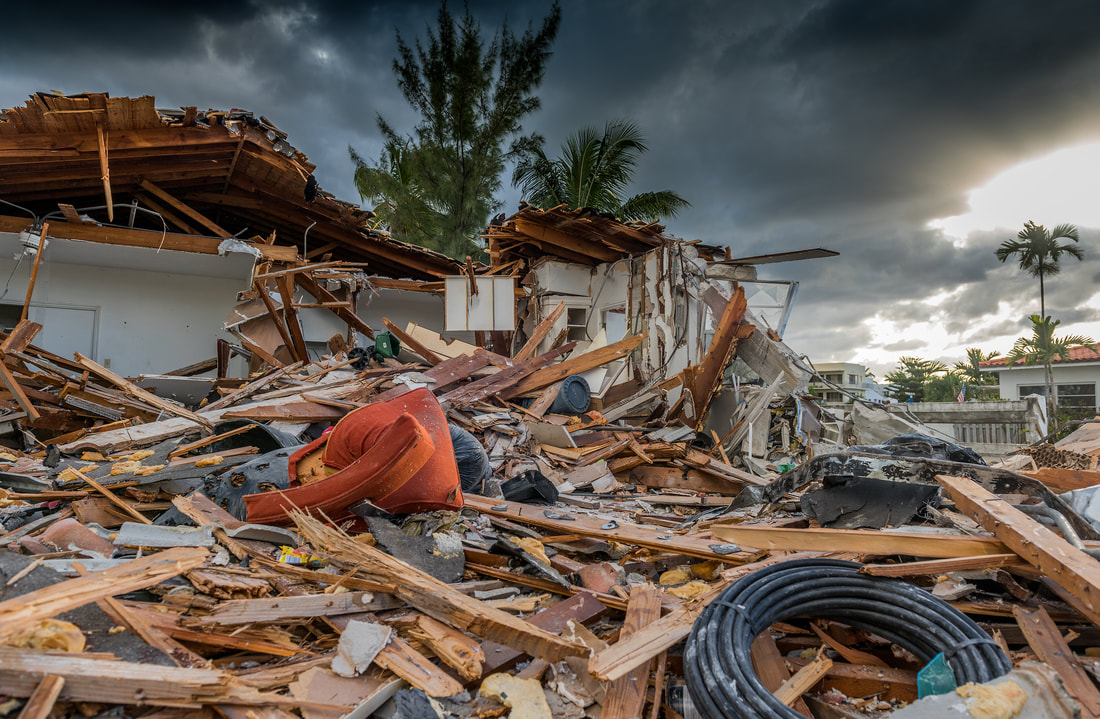For over 25 years, I have had the honor to work with communities during their darkest days and helped them overcome the obstacles of disaster recovery. My passion in helping communities after disaster provided me with opportunities to work with leaders in public administration, emergency management, and other disciplines to identify those actions that are most important in spearheading disaster recovery success.
These important disaster recovery actions not only help to maximize vital Federal disaster assistance funding but also serve as a catalyst for rebuilding a resilient future.
Phase 1 - Before the Storm
- Prepare disaster-specific cost codes to document expenditures.
- Create administrative cost procedures to ensure FEMA reimbursement.
- Establish pre-disaster contracts for debris removal and monitoring.
- Establish governance procedures to make important disaster recovery decisions
Phase 2 - Landfall
- Gather all your policies such as insurance, pay policy, contractor and vendor contracts, and procurement policy and upload into the FEMA Grants portal.
- Document donated/volunteered resources to offset local share.
- Ensure all emergency contracts are properly procured per C.F.R. §§ 200.317 – 200.326.
- Thoroughly track debris removal activities to expedite funding.
Phase 3 - Assessing Damages
- Activate disaster recovery operations immediately.
- Thoroughly document all disaster related damages.
- Systematically organize your disaster documentation.
- Make use of Unmanned Aerial Vehicles (UAVs or Drones) to assess and document damages.
Phase 4 - Managing Disaster Assistance Funding & Community Recovery
- Understand the pros and cons of FEMA’s Grant Portal.
- Utilize disaster grant management software to track and manage disaster assistance funds. Looking for ideas? Check out the Disaster Grant Management Tool
- Engage the whole community and unite community stakeholders throughout the disaster recovery process.
- Identify a Champion to lead the community’s disaster recovery efforts.
Phase 5 - Disaster Recovery Closeout
- Ensure that all supporting and backup documentation for disaster assistance grant funding is well organized.
- Use a cloud-based knowledge/content management system to store all supporting and backup documentation in an electronic format. Looking for ideas? Check out the Odysseus Enterprise System
- Promote and celebrate the community’s disaster recovery progress.
- Sustain community resiliency for future generations by memorializing the event




